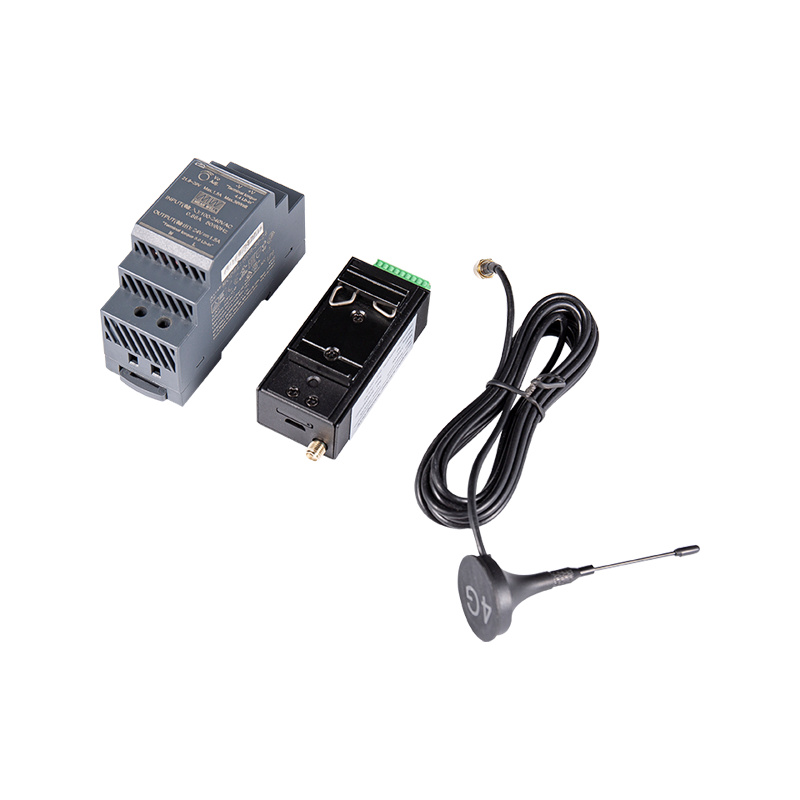Analysis of Data Processing and Communication Technology of Multi-function Power Meter
At a time when smart grids and digital energy management are developing rapidly, the core competitiveness of multi-function power meter is gradually leaning towards data processing and communication capabilities. With built-in high-performance industrial-grade microprocessors and multiple communication interfaces, multi-function power meter builds a digital bridge for power system perception and interaction, becoming a key node for realizing intelligent power management.
High-performance microprocessor: data processing center
The built-in industrial-grade microprocessor of multi-function power meter, like its "smart brain", undertakes the full-link task from power data collection to processing. During the operation of the power system, multiple types of data such as voltage, current, and power are continuously generated in high-frequency and multi-dimensional forms. With its high-speed computing and parallel processing capabilities, the microprocessor can perform real-time sampling and accurate analysis of massive raw data. From complex power parameter calculations to spectrum analysis of harmonic components to instant marking of abnormal data, the microprocessor completes data screening, conversion and storage with a nanosecond response speed, ensuring that power information is orderly deposited in a structured form, laying a solid data foundation for subsequent analysis and application.
Multiple communication interfaces: Breaking down barriers to data transmission
The rich and diverse communication interfaces give multi-function power meters powerful network connection capabilities. The RS485 interface, with its high anti-interference and long-distance transmission advantages, is suitable for local area networking in complex electromagnetic environments in industrial sites, realizing stable data interaction between power meters and local monitoring systems; the Ethernet interface, with its high-speed and standardized characteristics, provides an efficient channel for wide-area transmission and cloud access of power data. These communication interfaces are like data "conveyor belts" of different specifications, supporting multiple communication protocols such as Modbus and DL/T 645, ensuring that power meters can seamlessly connect to various power monitoring platforms, energy management systems, and cloud service architectures, and realize barrier-free flow of power data across systems and platforms.
Data interaction: Building a closed loop of intelligent management
Based on powerful data processing and communication capabilities, multi-function power meters realize a complete closed loop of power data from collection, transmission to application. Through data interaction with the monitoring system or cloud platform, users can use dedicated software or mobile applications to break through time and space limitations and retrieve real-time data and historical records in the power meter anytime and anywhere. Whether it is the energy management department of an enterprise formulating energy-saving strategies or the power operation and maintenance personnel conducting troubleshooting, they can quickly obtain key information such as voltage fluctuation curves and load change trends through a visual interface. This real-time data interaction mode significantly shortens the decision-making chain, enabling power managers to respond quickly based on the latest data, adjust operating parameters in a timely manner, optimize resource allocation, and greatly improve the refinement level of power management and emergency response capabilities.
Technical synergy: driving power management upgrades
The synergy of data processing and communication technologies has enabled multi-function power meters to leap from simple metering devices to core nodes of smart power networks. On the one hand, the deep mining of power data by high-performance microprocessors can identify potential power consumption anomalies and equipment hazards, providing data support for preventive maintenance; on the other hand, the multiple communication interfaces ensure efficient data transmission, allowing the real-time status of the power system to be synchronized to the management terminal, realizing the collaborative operation of "end-edge-cloud". This technological integration not only improves the reliability and economy of power system operation, but also creates conditions for the implementation of new energy management models such as the power Internet of Things and demand-side response in the future, and promotes the power industry to continue to move towards digitalization and intelligence.





